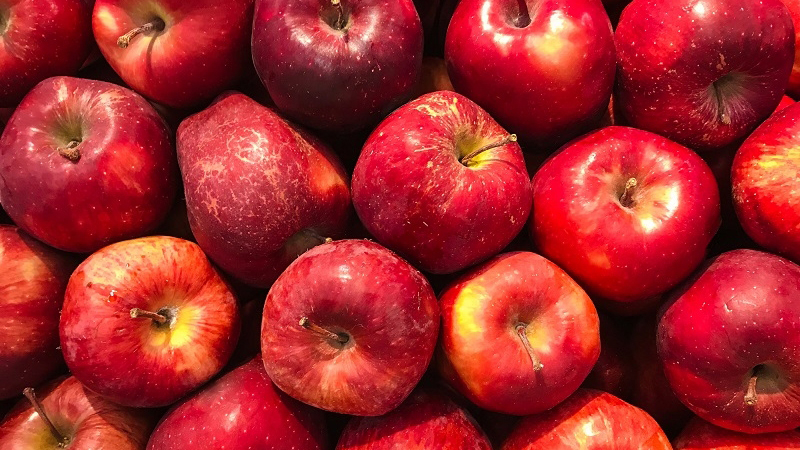Raising Citrus Disease-Resistant Rootstocks
Good rootstocks are critical to a healthy and productive citrus grove. Although all rootstocks have some faults or limitations, careful selection of rootstocks best adapted to your conditions can go a long way toward reducing management problems, minimizing tree replacement needs in the coming years, and increasing your crop returns.
New rootstocks already released by USDA provide four good options for growers seeking the best rootstock for their particular site, scion, and production conditions. Two of these — US-812 and US-852 — appear to be great choices on good, well-drained sites where the most significant disease challenges are tristeza virus and blight (both rootstocks are resistant to them) and the focus is on producing large amounts of high-quality fruit on medium-sized trees.
The other two rootstocks — US-802 and US-897 — were just released by USDA over the past few months and both are notable for their apparent ability to tolerate Diaprepes weevil damage and Phytophthora disease in heavy flatwoods soils. That’s where the similarities end, however, since US-802 is a vigorous rootstock producing very large trees and US-897 produces short compact trees. Both US-802 and US-897 can create high-yielding blocks of citrus, but US-897 would probably be better suited to planting densities of 250 trees or more per acre, while US-802 should probably be planted at no more than half that density. Another new rootstock planned for release in the coming year — US-942 — also produces dwarf trees with good disease resistance, but has the advantage of even higher fruit productivity on some test sites.
Sweet On Sour
Over the past several years, the USDA rootstock program has focused on developing an improved sour-orange-type rootstock, with the broad soil adaptation and all the other good attributes of sour orange, but without the sensitivity to tristeza-induced decline. We have sorted through several thousand candidate Supersour hybrids to identify about 300 of the most promising for more careful testing. The use of molecular markers and several types of specialized testing for disease and soil factors are keys to finding the handful of Supersour candidates with the best characteristics. The final selection of the few Supersours for industry release will be based on performance in field trials.
Gearing Up For Greening
Among the highest current priorities for rootstocks is resistance or tolerance to the new bacterial disease in Florida: citrus greening. Some citrus germplasm with resistance to greening have been identified in other countries where the disease has been a problem for years.
Many of these species — including Citrus macroptera, Citrus indica, and Citrus latipes — are already being used as parents in the USDA breeding program to combine greening resistance with other outstanding rootstock characteristics.
Another approach to developing greening-resistant rootstocks is to insert antibacterial genes into existing citrus rootstock cultivars. This will be done through a process called “genetic transformation.” Many genes for antibacterial proteins have been identified, and some have been inserted into other fruit and nut trees and demonstrated to confer disease resistance. It will be relatively straightforward to test them in citrus and determine which are most effective in producing resistance to greening while not affecting other desired characteristics of the tree and fruit.
The Florida industry has contributed to the USDA effort in development of good new rootstocks through the long-term support of the Florida Citrus Research Foundation, grants from the Florida Citrus Production Research Advisory Council, and the cooperation of numerous growers in commercial trials. New rootstocks available now and others to be released by USDA in the coming years will help Florida citrus growers remain successful despite the challenges from greening and other diseases, and give them a competitive advantage over producers in other countries.









